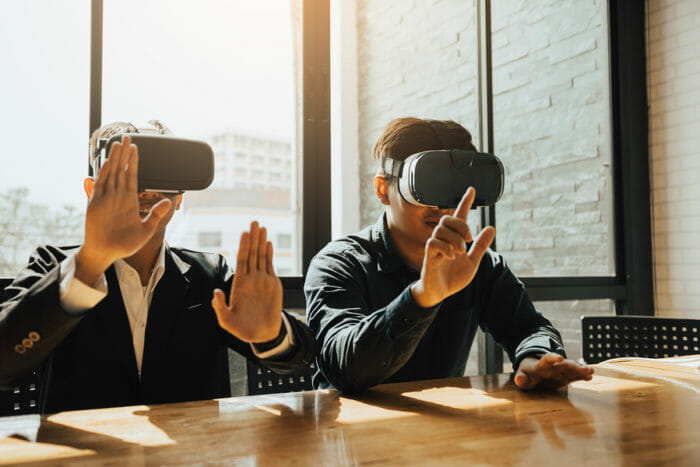In an era defined by rapid technological advancements, the landscape of security training is undergoing a profound transformation, and at the heart of this shift lies virtual reality (VR). Gone are the days of traditional classroom lectures and static simulations; today’s trainees immerse themselves in hyper-realistic environments that replicate the challenges they might face in the field.
Picture a chaotic airport terminal, a tense hostage negotiation, or a high-stakes cybersecurity breach—each scenario unfolds in stunning detail, allowing professionals to hone their skills in ways previously thought impossible. By simulating real-world situations, VR not only enhances the learning experience but also cultivates an instinctive understanding of complex dynamics, making security training more effective and engaging.
As organizations embrace this cutting-edge approach, they are not just adapting to change; they are actively redefining how security operations are approached and executed in a volatile world.
The Evolution of Security Training Methods

The evolution of security training methods has journeyed from rudimentary classroom lectures to immersive, high-tech simulations that mirror real-world scenarios. Initially, training relied heavily on textbooks and rote memorization, leaving little room for practical application.
As technology advanced, role-playing exercises became popular, allowing trainees to engage in simulated situations, albeit in constrained environments. Fast forward to the present, and the introduction of virtual reality (VR) has fundamentally transformed this landscape.
VR not only immerses participants in highly realistic environments but also responds dynamically to their actions, fostering a sense of presence that textbooks or traditional simulations could never achieve. This leap into interactive, scenario-based training enhances decision-making skills under pressure, providing security professionals with the tools they need to react effectively in life-or-death situations.
As we stand on the cusp of further innovations, it’s clear that the future of security training will be defined by these immersive experiences, making learning more engaging, impactful, and ultimately, safer.
Why Virtual Reality? The Benefits of Immersive Training

Why Virtual Reality? Virtual Reality (VR) is not just a futuristic gadget; it’s a transformative tool that reshapes the landscape of security training. Imagine stepping into a hyper-realistic environment where high-stakes scenarios unfold all around you—crucial decision-making becomes visceral, as the pressure and urgency feel all too real.
This immersive experience builds muscle memory, enhancing retention and recall in a way that traditional methods simply cannot achieve. Trainees can face complex situations, from managing crises to identifying potential threats, all while receiving immediate feedback in a safe space.
Furthermore, the ability to simulate various environments and scenarios—no matter how high-risk—ensures that preparation extends beyond textbooks to real-world applications. With VR, learning becomes an engaging adventure, where employees not only absorb information but also cultivate critical thinking and collaboration under pressure, preparing them for the unpredictable nature of security challenges ahead.
Future Trends: The Next Generation of VR Security Training

As we step into the future, the next generation of VR security training promises to redefine how personnel prepare for real-world threats. Imagine a training environment that adapts in real-time to the users’ actions, creating dynamic scenarios driven by artificial intelligence.
This evolution will enable trainees to face a wider array of increasingly nuanced challenges, from cyber threats to complex crisis management situations. Moreover, advancements in haptic technology will allow for a tactile experience, simulating the weight and feel of equipment, making the training not just visually immersive but physically engaging as well.
Additionally, incorporating machine learning algorithms could lead to personalized training regimens that evolve based on performance metrics, ensuring that each individual receives targeted training tailored to their specific strengths and weaknesses. As these innovations converge, the line between virtual and reality will blur, equipping security professionals with unparalleled readiness to tackle the multifaceted challenges of tomorrow.
Conclusion
In conclusion, the integration of virtual reality (VR) into security training represents a transformative shift in how professionals prepare for real-world challenges. By immersing trainees in realistic scenarios, VR not only enhances retention and engagement but also allows for safe, repeatable practice of high-stakes situations.
Institutions like Pacific West Academy are leading the charge in utilizing this cutting-edge technology, ensuring that their trainees are equipped with the skills and confidence necessary to navigate complex environments. As VR continues to evolve, it will undoubtedly play an increasingly pivotal role in shaping effective security training programs, ultimately enhancing safety and security in our communities.




